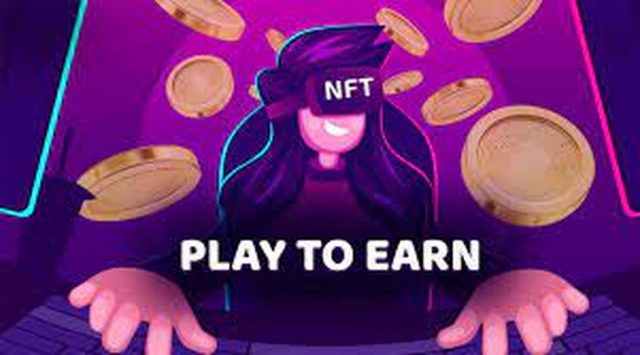Play-to-earn projects thrive and wither depending on whether they get an influx of new users or the means to continue rewarding the existing ones. Nonetheless, all of this lacks sustainability eventually.
Web3 game developers insist that there are considerable drawbacks in the play-to-earn industry – and an entirely different approach is required to develop games that retain users and achieve sustainable tokenomics.
Ever since the bullish days of 2021, when play-to-earn games reached their peak, Web3 has been in an era dominated by dwindling returns and mass exits by gamers and investors. At its peak, Axie Infinity was helping gamers in emerging economies like the Philippines and Ghana to earn huge incomes that were more than the minimum wage.
A severe token bridge hack and a cooling crypto market later resulted in rewards being cut considerably.
When this sector is reviewed as a whole, only a few projects have achieved sustainable growth. Notably, this scenario relates to inherent flaws in the play-to-earn concept. Entry costs can be significantly high, with gamers sometimes needing to spend hundreds of dollars to acquire the NFTs needed to get involved.
Even the users who are ready to make the upfront investment might get disappointed by the quality of the gameplay on offer, which sometimes features clunky graphics and a non-existent narrative.
Issues affecting this model do not end there. Games with revenues driven by non-fungible token sales are mostly at an early stage of their development – and unless enough traction is made with rolling out new features, users can eventually end up frustrated. There might also be pressure to release new collectibles continuously to guarantee a constant flow of income.
Just like the way users witnessed the occurrences in the Axie Infinity market, the major issue surrounds the rewards offered. While offering generous amounts of tokens to players may entice new gamers, this strategy can be excessively detrimental to the involved crypto’s value. Digital assets are highly volatile, with demand and supply playing an integral role in pricing. By extensively inflating the total circulation, this reduces the value of what already exists.
By extensively inflating the total circulation, this reduces the value of what is already in existence. All of that has unpleasant effects. Gamers who are awarded tokens cannot hold them unless there is a huge incentive – adding to sell-side pressure that erodes prices a bit more.
A vicious cycle soon follows. Double-digit drops in a digital asset’s value can prompt the daily gamers to take a step back – and as the community reduces, projects wither.
What’s The Solution?
The first step to resolve the issue is acknowledging the current main risks in the Web3 space. Currently, play-to-earn projects live and die based on whether they have an influx of new users or the means of enabling them to continue rewarding the existing ones. All of that lacks sustainability in the long term.
There is a lot of short-term hype and a lack of compelling storylines and immersive gameplay to keep the gamers hooked. A top-quality experience may prompt gamers to ignore a lack of earnings and focus on play instead – however, the non-existence of both normally sees bored users head for the door. Project also constants struggle between enticing new players while ensuring that the existing ones are happy.
Finding The Solution
Despite the huge hurdles that face the budding industry, Web3 gaming can be more than unsustainable speculation. Some of these companies are shaking up tokenomics via many revenue streams, an assortment of top-tier games, and a focus on quality over income.
Executives state that their strategy goes beyond tokens – and integrates NFT salesNFT sales and advertising opportunities for partners – harnessing PR, social media, influencers, and branded product placement. The main goal is to guarantee one pillar of income supports the other instead of putting all eggs in a single basket.
Diversification also extends to the games within different platforms. Notably, some of the latest game titles cater to a specific group of people, with the most popular segment currently being e-sports. In the meantime, AneeMate is an action-adventure title that is similar to Pokemon, where gamers are on a quest to collect NFTs.
Related:Alien Bees Club: The First-Ever Cross Chain NFT Collection
With mobile gaming continuing to gain popularity, a high-intensity action game known as EGGos is designed to enhance the interest of gamers who are constantly on the move.
Currently, close attention is being paid to gameplay dynamics and design is achieved due to the way titles are built. New games boast distinct characters and a constantly evolving storyline. Intuitive user interfaces mean that no Web3 knowledge is required, and gamers can utilize their Web2 logins if they want to – linking their Facebook, Google, X, or email accounts.
While the play-to-earn sector has suffered highs and lows in its short lifespan up to now, analysts and proponents believe that the best is yet to come, and higher levels of adoption lie ahead.










